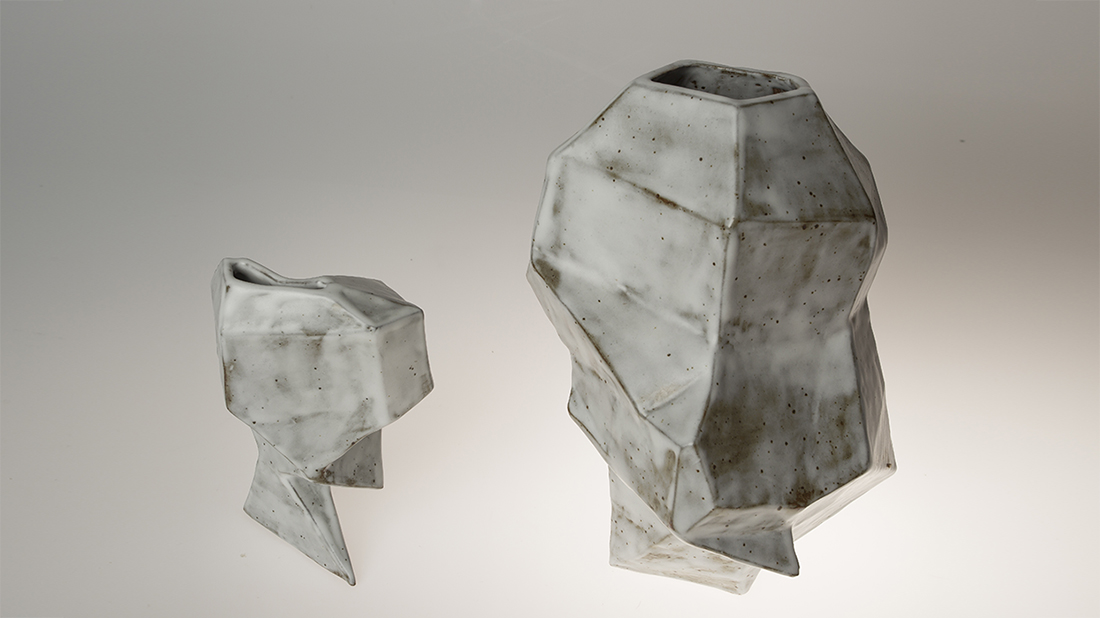Wagga Wagga Potters Club: Scratching The Surface
Friday 11 December - Sunday 20 December 2020 | E3 art space

Image: Emily Mulvihill, Family 2019, Slab built, stoneware, glazed. Image courtesy Wagga Wagga Art Gallery.
In its 51st year, the Wagga Wagga Potters Club invited members to explore and develop their interpretation of ceramic surface treatments. Evident in the work presented, each potter has transformed raw clay forms with the language of their practice, providing an exciting journey into the possibilities of the ceramic surface.
Scratching The Surface brings together the work of: Brian Barkworth, Anne Carpenter, Chris Chindamo, Angela Halkias-Champ, Mishka Harris, Linda Lander, Dianne Mahony, Linda McLean, Emily Mulvihill, and Rosemary Tucker, mostly residing in Wagga Wagga and it’s surrounds.
The Process:
The artworks on display highlight how dramatically or subtly the surface of a piece can be altered or adorned. Beginning as a lump of clay, with the potter setting out to shape them into deliberate or random forms. Shape is achieved by hand, on the potters’ wheel, making coils or slabs, using moulds or with implements, paddles or found objects.
Mark making and pattern forming techniques such as carving, stippling and sgraffito create tactile, textures that enhance shadow and light on the form. Raised surfaces, on displayed works, have been achieved with embellishments of clay, slip coated muslin, slip trailing and textural glazes. Burnishing, brushwork and resist are other methods that are effective in surface development.
The clay surface can be concealed by the use of colour on the surface of works, in the form of earth oxides, stains, underglazes and glazes. Potters choose to enhance and highlight their form with the use of glazes – mirror like, gloss, matt, smooth, dry or interestingly textural, the surface is transformed with a glassy coating. With fluid, translucent type glazes the clay body is still evident, however with glazes that are applied thickly and opaque in nature, the clay is hidden. Works with lava and crawl type glazes create dramatic tactile effects.
Embracing the natural colour tones and textural effects of fired clay, potters may refrain from additional treatment to the surface, other than forming and kiln firing the work. The results are often a spectacular testament to the beauty of the geological medium that potters work with. Kiln firings using natural materials including wood firing, sawdust and Raku result in works with subtle flashing effects, and distinctive charred makings.